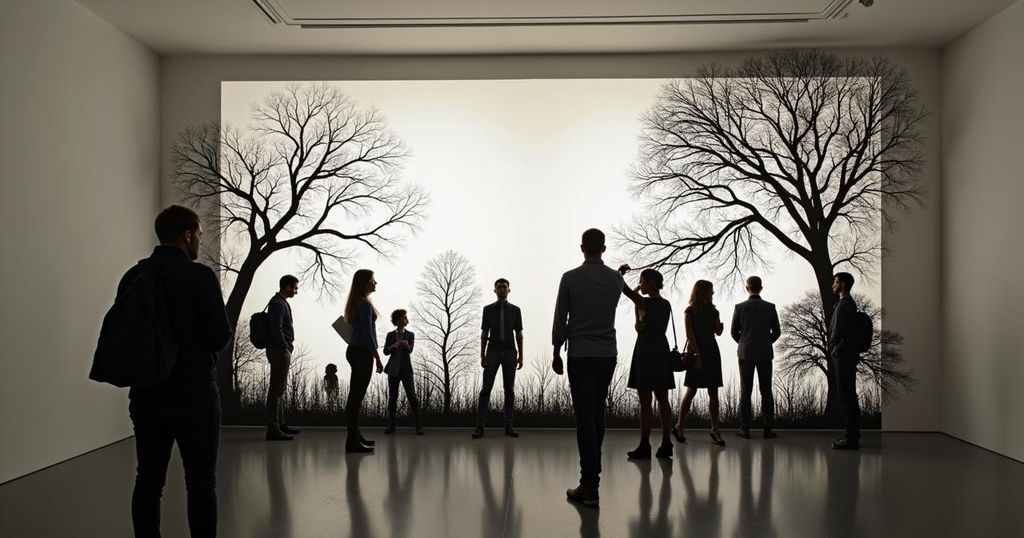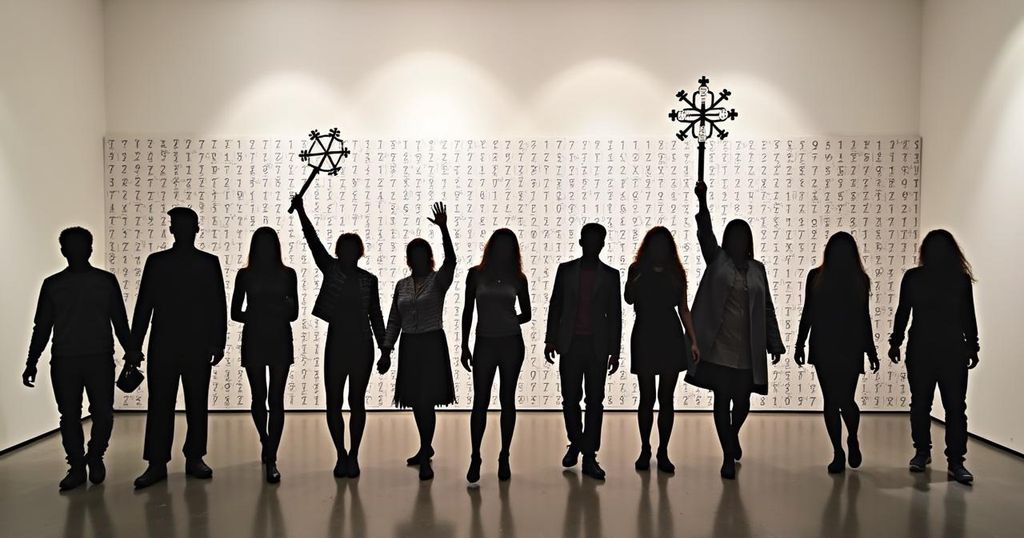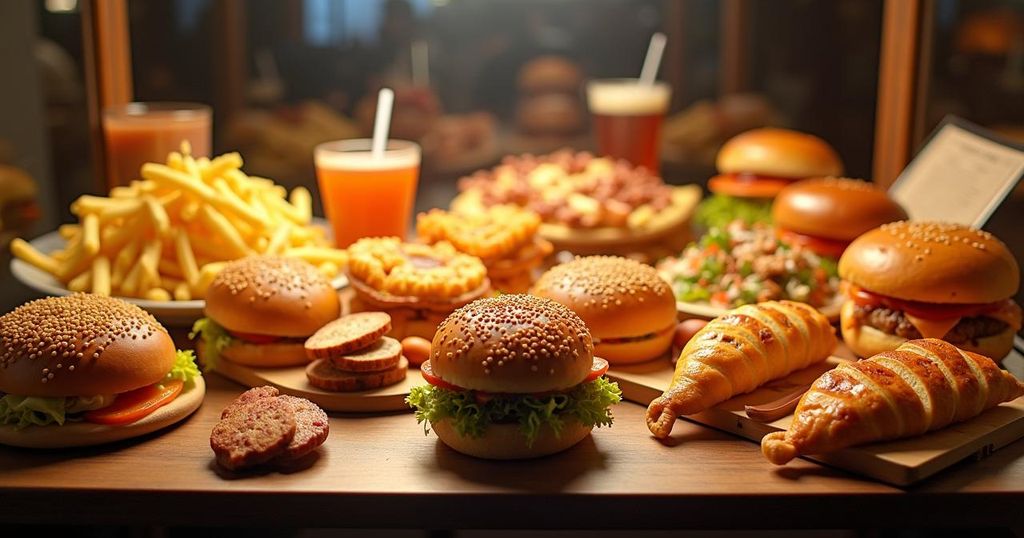A London exhibition showcases Japanese food replicas, made from resin and wax, representing dishes from all 47 prefectures. The event highlights the tradition’s cultural significance and its role in marketing. It runs until February, featuring around 150 exhibits from the Iwasaki Group, aimed at reducing food waste and celebrating craftsmanship.
An exhibition showcasing the art of Japanese food replicas has opened in London, aiming to educate British audiences about this unique cultural and artistic practice. Organised by Japan’s Foreign Ministry at a cultural facility, the exhibit features lifelike replicas made from resin and wax, representing dishes from all 47 prefectures of Japan. The tradition of food replicas dates back to the 1920s and 1930s, gaining traction as Western cuisine became more popular in Japan. To assist patrons unfamiliar with these new foods, Tokyo department stores began utilising food models. Today, these replicas serve as effective marketing tools, enticing passers-by, including tourists, with their realistic appearances. The Iwasaki Group, a pioneer in the food replica industry, has contributed approximately 150 pieces to the exhibit, which runs until February. Tsuyoshi Iwasaki, CEO of Iwasaki Co., remarked on the importance of balancing aesthetics with the chef’s intent when crafting these models. He also noted that using plastic replicas can help mitigate food waste associated with real display dishes. Visitors have expressed their admiration for the craftsmanship involved in creating these replicas, recognising their significance as both marketing devices and art forms.
The article discusses an exhibition in London that highlights Japan’s intricate food replica culture. This art form has historical roots dating back to the early 20th century, gaining stature as Japanese dining began incorporating Western influences. Food replicas are now integral to the marketing strategies of restaurants and shops, appealing to consumers through visual representation. The exhibition not only features replicas but also aims to convey the artistry and cultural heritage behind these creations.
The exhibition allows UK visitors to appreciate the craftsmanship of Japanese food replicas, rooted in a rich cultural history and serving as both advertising tools and artistic expressions. By promoting awareness of this unique tradition, the event underscores the potential for collaboration between food, art, and sustainability.
Original Source: mainichi.jp







